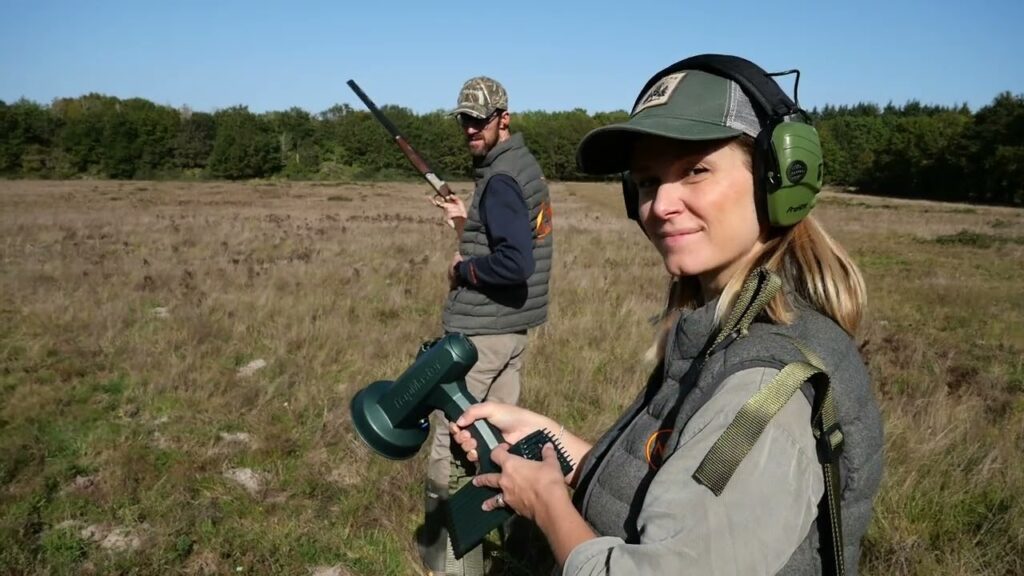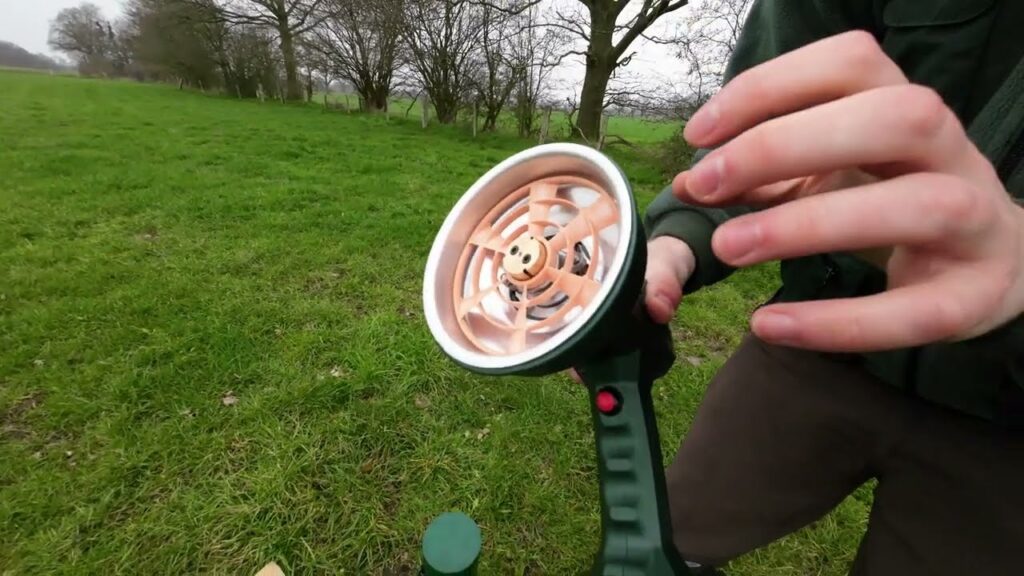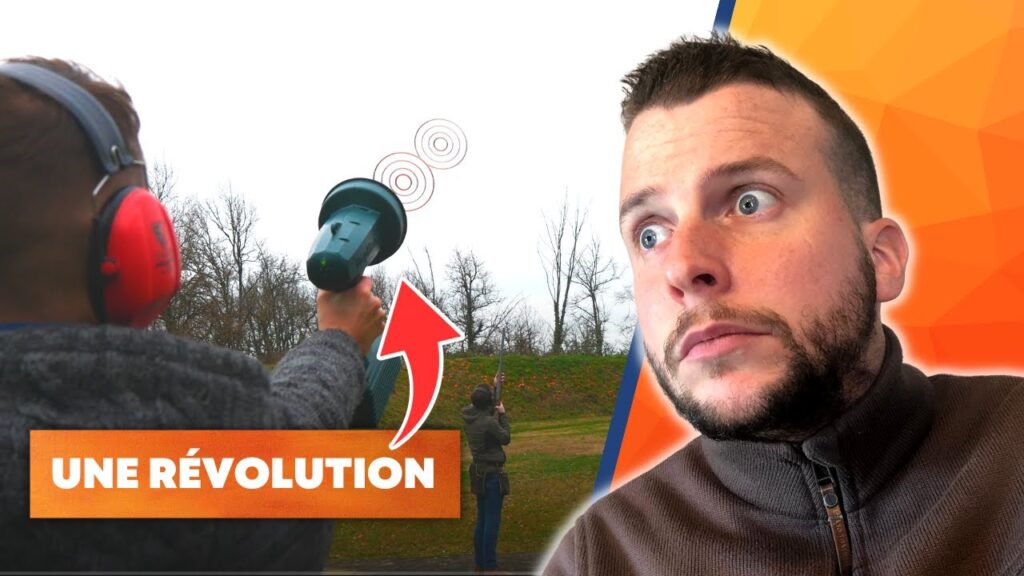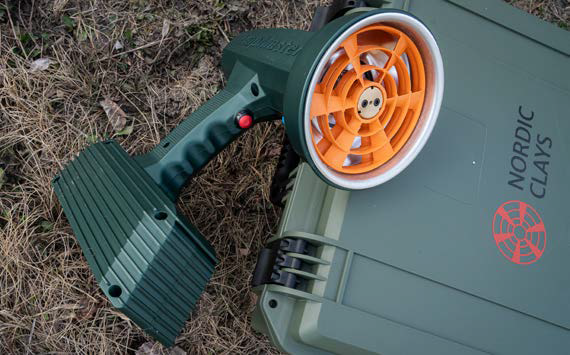What is skeet shooting? A complete guide to the popular clay target sport
Skeet shooting is one of the most popular forms of clay target shooting, offering a thrilling challenge for shooters of all skill levels. This fast-paced sport requires precision, timing, and practice, making it a favorite for competitive shooters and hobbyists alike.
In this guide, we’ll dive deep into the fundamentals of skeet shooting, covering its history, rules, techniques, and equipment. Whether you’re a beginner or looking to refine your shooting skills, this guide will provide everything you need to know about skeet shooting. We will be looking at standard trap.
What is skeet shooting?
Skeet shooting is a type of clay target shooting where participants use shotguns to hit clay disks, known as “clay pigeons,” that are launched from two stations or “houses” positioned at opposite ends of a half-circle field. These clay targets are launched in crossing patterns, providing different angles and speeds, testing a shooter’s ability to aim, track, and shoot with precision.
Skeet shooting is a popular Olympic sport, with variations that include recreational and competitive formats. The fast-moving targets make skeet shooting a dynamic and engaging experience for anyone who enjoys shooting sports.
The history of skeet shooting
Skeet shooting has its roots in the early 20th century. It originated as a way for hunters to practice their bird-shooting skills during the off-season. The sport quickly evolved, and in 1926, an American named William Harnden Foster is credited with formalizing the rules that resemble modern skeet shooting today.
Initially, the targets in skeet were launched only in a 180-degree arc, but as the sport grew, it expanded to include two launching points to simulate the unpredictable flight of game birds.
In 1968, skeet shooting was introduced as an Olympic event, and it continues to be a prominent competitive sport globally.
How does skeet shooting work?
Shooting stations
In skeet shooting, there are eight shooting stations placed in a semicircle between two trap houses. The stations are numbered 1 through 7, placed along the arc, and station 8 is positioned between the two trap houses.
- High house: The left side of the field has the “high house,” where the clay targets are launched from a higher point.
- Low house: On the right side of the field is the “low house,” where targets are launched from a lower point.
From each station, shooters must hit targets coming from both the high house and the low house. The complexity comes from the different angles and trajectories the clay targets take as the shooter moves around each station.
Key rules of skeet shooting
- Target flight path: The clay targets fly across the range from the high and low houses, crossing in the center every single time.
- Shooting sequence: Shooters must hit a combination of single targets and doubles (two targets released simultaneously).
- Scoring: A point is awarded for each target hit. A perfect round is 25 hits.
Types of shots in skeet shooting
- Single shot: Only one clay target is released from either the high or low house.
- Double shot: Two clay targets are released simultaneously, one from the high house and the other from the low house. Shooters must hit both targets in rapid succession. You are not allowed to hit them both in one shot.
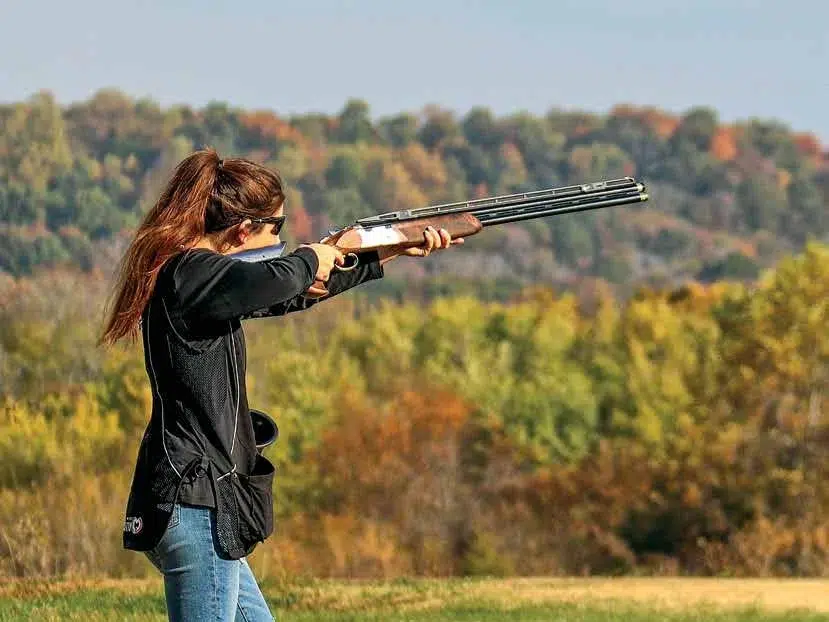
Key techniques for skeet shooting
1. Focus on stance and posture
A proper shooting stance is essential for maintaining balance and controlling the recoil of the shotgun. Stand with your feet shoulder-width apart, with your body slightly leaning forward to absorb the shotgun’s kickback. This stance helps you follow the target smoothly as it crosses the field.
2. Master target tracking
Unlike trap shooting, where targets fly away from the shooter, skeet shooting targets cross from left to right or vice versa. This requires you to lead the target, which means shooting slightly ahead of its path to account for its movement.
3. Smooth gun mounting
A smooth gun mount allows you to get your sights aligned with the target quickly. Practice bringing the shotgun up to your shoulder consistently, so you can acquire the target without hesitation.
4. Swing through the target
When tracking a moving clay pigeon, you need to swing the barrel of your shotgun in line with the target’s flight path. Keep your movement smooth and fluid, maintaining your focus on the target as you pull the trigger.
5. Follow-through
Don’t stop your swing the moment you pull the trigger. Following through helps ensure that your shot stays accurate, and you don’t lose momentum.
Equipment for skeet shooting
To get started with skeet shooting, you will need the right equipment. Here’s a breakdown of what you’ll need:
- Shotgun: A 12-gauge or 20-gauge shotgun is commonly used in skeet shooting. Over/under or semi-automatic shotguns are popular due to their balance and ease of use in shooting doubles.
- Chokes: Open chokes like Skeet or Improved Cylinder are ideal, as they create a wider shot spread, making it easier to hit fast-moving targets.
- Ammunition: Light loads with small shot sizes, such as #8 or #9, are commonly used for skeet shooting.
- Safety gear: Always wear protective eyewear and ear protection while on the range.
- Shooting vest: A vest with pockets for storing ammunition and spent shells is useful for convenience.
Benefits of skeet shooting
Skeet shooting offers several benefits, making it a fantastic outdoor activity:
- Improves focus and coordination: Hitting fast-moving targets enhances your hand-eye coordination and sharpens your focus.
- Stress relief: Skeet shooting is a great way to relieve stress and enjoy time outdoors.
- Physical fitness: Carrying and shooting a shotgun, while moving between stations, provides physical activity.
- Social activity: It’s often enjoyed in groups, allowing for friendly competition and camaraderie.
Competitive skeet shooting
Skeet shooting is more than just a recreational activity; it’s a competitive sport with various levels of competition, from local clubs to international championships.
- Olympic skeet: One of the most prestigious forms of competitive skeet shooting, where participants shoot at clay targets launched from varying heights and speeds.
- National competitions: Many countries have national skeet shooting organizations that host competitions throughout the year.
- Local clubs: For those interested in skeet shooting but not ready for the Olympics, joining a local club is a great way to participate in competitions at a recreational level.
How to get started with skeet shooting
Getting started with skeet shooting is simple. Here’s how to begin:
- Visit a shooting range: Find a local range that offers skeet shooting facilities. Many ranges offer lessons and equipment rentals for beginners.
- Take lessons: If you’re new to shooting sports, consider taking a lesson with a certified instructor. They will teach you the basics of safety, gun handling, and shooting techniques.
- Join a club: Joining a skeet shooting club is a great way to meet other enthusiasts and participate in regular practice sessions or competitions.
Conclusion
Skeet shooting is a dynamic and exhilarating sport that offers both mental and physical challenges. Whether you’re looking to improve your shooting skills or simply enjoy a fun outdoor activity, skeet shooting provides the perfect balance of challenge and enjoyment. From its rich history to the thrill of hitting a crossing clay target, skeet shooting continues to captivate shooting enthusiasts around the world.
So, if you’re ready to try your hand at this exciting sport, grab your shotgun, head to the range, and experience the thrill of skeet shooting for yourself!

